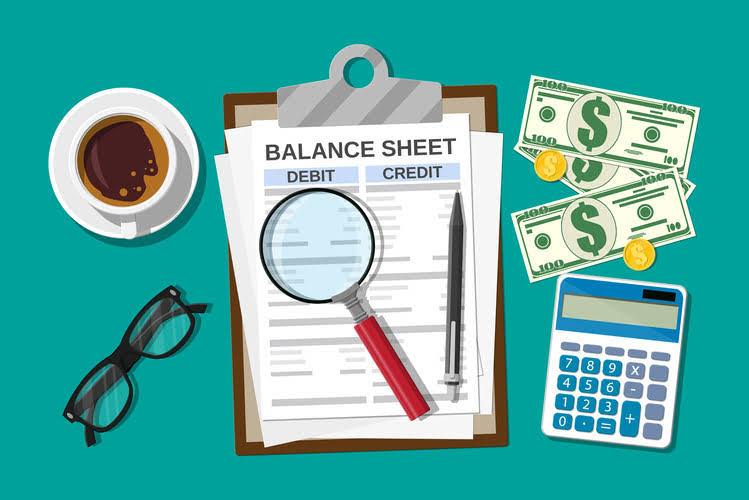Content

Labor-intensive companies have fewer fixed costs but require greater human capital for the production process. Service businesses, such as restaurants and hotels, are labor-intensive.

In the stock market, investors can add leverage to their portfolios using futures contracts, margin loans and options. For example, rather than investing £10,000 in a company’s stock, you could invest £10,000 in options contracts – which would leave you controlling far more shares. What is leverage, then, and how is it applied in the financial leverage trading environment? Leverage is an investment model in which the trader is required to put up only a fraction of the total position value. The initial deposit is leveraged so the trader get much bigger exposure. Equity owners of businesses leverage their investment by having the business borrow a portion of its needed financing.
Negative balance protection
Thanks to platform technology that most brokers will offer, it is easier to monitor all parameters and open or close individual positions as needed. More importantly, it can help a trader work out if positions fit within their total leverage amounts, which should be less than the maximum leverage allowed by the broker. Operating leverage, on the other hand, doesn’t take into account borrowed money. Companies with high ongoing expenses, such as manufacturing firms, have high operating leverage. High operating leverages indicate that if a company were to run into trouble, it would find it more difficult to turn a profit because the company’s fixed costs are relatively high.

Brokers may demand additional funds when the value of securities held declines. Banks may decline to renew mortgages when the value of real estate declines below the debt’s principal. Even if cash flows and profits are sufficient to maintain the ongoing borrowing costs, loans https://www.bookstime.com/ may be called-in. The goal of DFL is to understand how sensitive a company’s earnings per share is based on changes to operating income. A higher ratio will indicate a higher degree of leverage, and a company with a high DFL will likely have more volatile earnings.
Pros and cons of leverage
If you went long on your trade and the company’s share price goes up by 40 cents, your 1000 shares are now worth 140 cents each. If you close your position, then you’d have made a $400 profit – double your initial margin amount of $200.
- Basel I categorized assets into five risk buckets, and mandated minimum capital requirements for each.
- Assets are $200, liabilities are $100 so accounting leverage is 2 to 1.
- Novice traders should be especially careful when practising margin trading.
- The size of the leveragesthese companies offers alsodepends on the assets.
- Specific to foreign exchange trading, it means that you can have a small amount of capital in your account, controlling a larger amount in the market.
- That discrepancy between cash and margin can potentially increase losses by huge orders of magnitude, leaving it a strategy best left to very experienced traders.
However, the strategy is used to achieve a similar outcome and you’re using someone else’s money to obtain an asset with the hope of increasing your return. As you can see, using leverage enabled you to purchase more of the desired stock and enjoy greater gains. “But beware, if the value of the stock goes down you are also exponentially increasing your loss potential as well,” says Stivers. If you want to explore leverage and margin further, our extensive glossary has insightful definitions for a number of key terms such as margin, equity, derivative and contract for difference. A good deal of confusion arises in discussions among people who use different definitions of leverage. The term is used differently in investments and corporate finance, and has multiple definitions in each field. Losing investments are amplified, potentially creating drastic losses.
How Leverage Works
You should consider whether you understand how spread bets and CFDs work and whether you can afford to take the high risk of losing your money. Traders also aren’t limited to the same requirements as average investors. For example, depending on the Forex broker a trader uses, they could request orders of 500 times the size of their deposit. That discrepancy between cash and margin can potentially increase losses by huge orders of magnitude, leaving it a strategy best left to very experienced traders. 86% of retail investor accounts lose money when trading CFDs with this provider.
What is an example of using leverage?
Let’s say that on January 1, you open a margin account with $5,000 and leverage of 3:1. Under these conditions, you now have access to $15,000 of buying power.
After constructing a diversified portfolio, you invest $600 in each of 25 stocks for a total position of $15,000. At the end of the year, your portfolio is 18% up year-to-date — an impressive result.
If you had a cash account and invested only $5,000, your profit would have been $850, but due to the margin, your profit is now $2,550.
However, what if you had a negative year and lost 4%? Because of leverage, your $15,000 of buying power also generates an amplified loss. What would have been a $200 loss for a cash account becomes $600 for a leveraged account. This sum represents 12% of your original investment that is now down to $4,400. In addition, your buying power is now down to $4,400 x 3 = $13,200.

